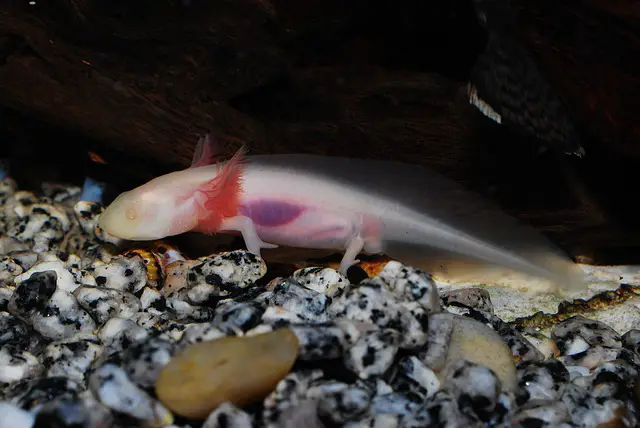Have you ever noticed a lizard raising its feet while basking in the sun? This behavior can seem odd, but it has an essential purpose. Lizards are ectothermic, relying on external heat sources to regulate their body temperature. Therefore, basking in the sun allows them to raise their body temperature and increase their metabolism.
However, lizards also need to regulate their body temperature to avoid overheating. Raising their feet reduces the surface area in contact with the hot ground, which helps them cool down. Additionally, by raising their feet, lizards can minimize exposure to harmful UV radiation and avoid burning their feet on hot surfaces.
Anatomy of Lizard Feet
Lizards have evolved unique adaptations to help them survive in their environment. One of the most interesting adaptations is the structure of their feet. Lizard feet are designed for various functions, including climbing, running, and clinging to surfaces.
The anatomy of lizard feet is quite complex. The feet are made up of several different parts, including the toes, claws, and pads. The toes are long and slender, each ending in a sharp claw.
These claws are used for gripping onto surfaces, allowing the lizard to climb trees easily, walls, and other vertical surfaces. In addition, the pads on the bottom of the feet are covered in small, bumpy structures called setae. These setae help the lizard grip onto surfaces, providing additional traction and stability.
One of the most exciting features of lizard feet is their ability to change shape. Some species of lizards, such as geckos, have specialized toe pads that can change shape to fit the surface they are climbing on. These toe pads are covered in tiny hairs that create a strong bond with the surface, allowing the gecko to climb up walls and across ceilings without falling.
Overall, the anatomy of lizard feet is a fascinating subject. The unique adaptations lizards have developed to help them survive in their environment are remarkable.
By understanding the structure of their feet, we can better appreciate these fantastic creatures and the incredible adaptations they have developed over millions of years of evolution.
Behavioral Reasons for Raising Feet
There are several behavioral reasons why lizards raise their feet. Here are some of the most common:
- Thermoregulation: Lizards are cold-blooded animals, which means they rely on external heat sources to regulate their body temperature. By raising their feet, lizards can adjust their body temperature by either exposing themselves to more or less heat.
- Communication: Lizards use body language to communicate with each other. Raising their feet can be a way for lizards to signal aggression or submission to other lizards.
- Defense: Some lizards will raise their feet as a defensive posture to make themselves appear larger and more intimidating to predators.
- Movement: Lizards may raise their feet over rough terrain or obstacles. They can clear obstacles and move more quickly by lifting their feet higher.
Overall, the behavior of raising their feet is a common and essential aspect of lizard behavior. By understanding the reasons behind this behavior, we can better appreciate and care for these fascinating creatures.
Environmental Factors
Various environmental factors can influence why lizards raise their feet. One of these factors is temperature. Lizards are cold-blooded animals, relying on their environment to regulate their body temperature. Therefore, when the temperature is too hot, lizards may raise their feet to reduce their contact with the hot surface, which helps them cool down.
Another environmental factor that can affect why lizards raise their feet is the type of substrate they are on. For example, if the substrate is rough or abrasive, lizards may raise their feet to reduce the amount of contact they have with the substrate, which reduces the risk of injury or damage to their feet.
Finally, predators can also influence why lizards raise their feet. When lizards sense danger, they may raise their feet to prepare for a quick escape or to make themselves appear larger and more intimidating to potential predators.
Conclusion
After conducting research and analyzing the behavior of lizards, it is clear that raising their feet serves multiple purposes. Primarily, it helps them regulate their body temperature by exposing their skin to cooler air or ground. Additionally, it can help them maintain balance and stability while climbing or perching on uneven surfaces.
It is important to note that not all lizards raise their feet for the same reasons. Different species may have evolved methods for regulating body temperature or maintaining balance. Additionally, individual lizards may exhibit unique behaviors based on their environment, diet, and other factors.
While the exact reasons why lizards raise their feet may vary, it is clear that this behavior is an integral part of their survival and adaptation to their environment. Further research may uncover additional insights into the complex behaviors of these fascinating creatures.








